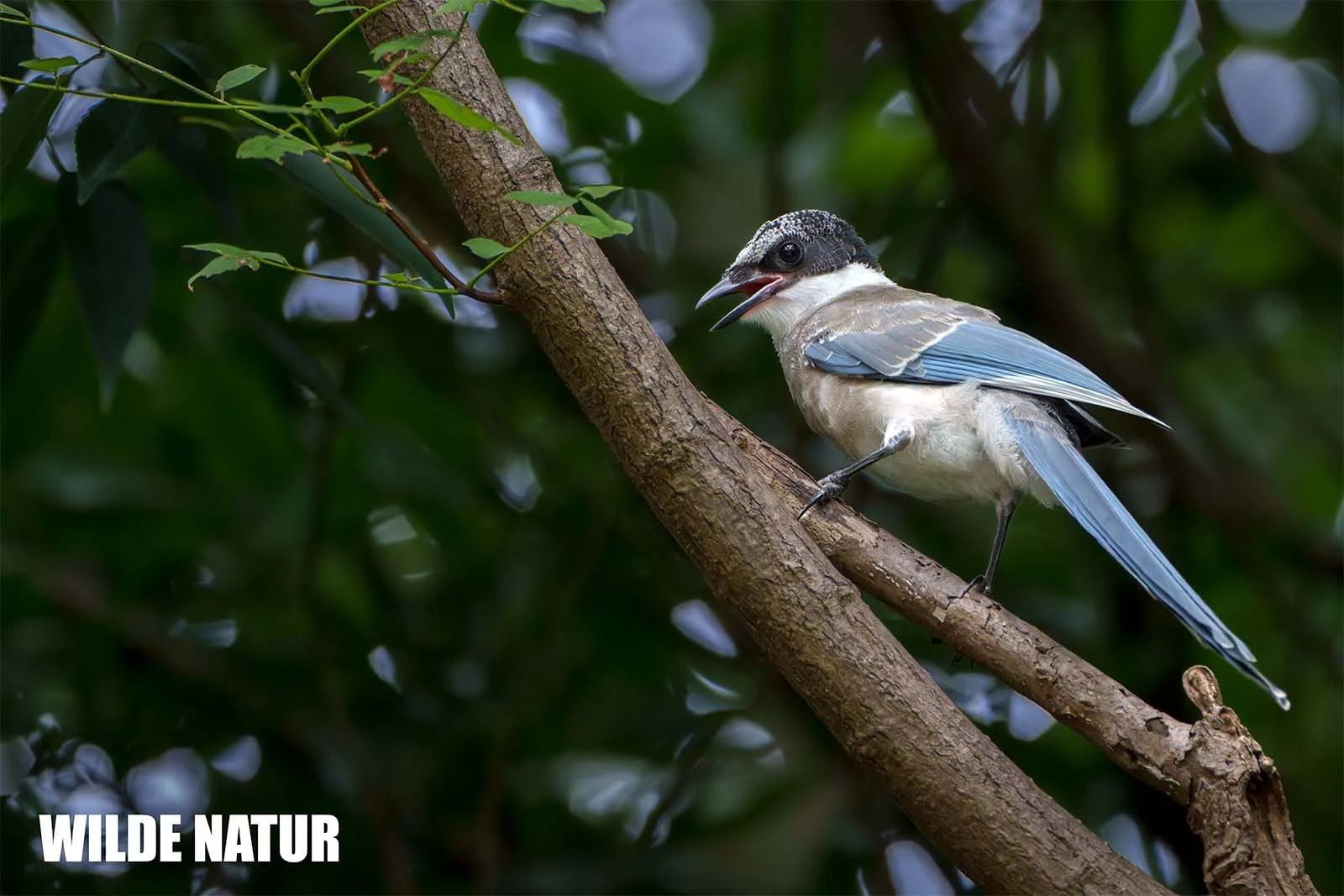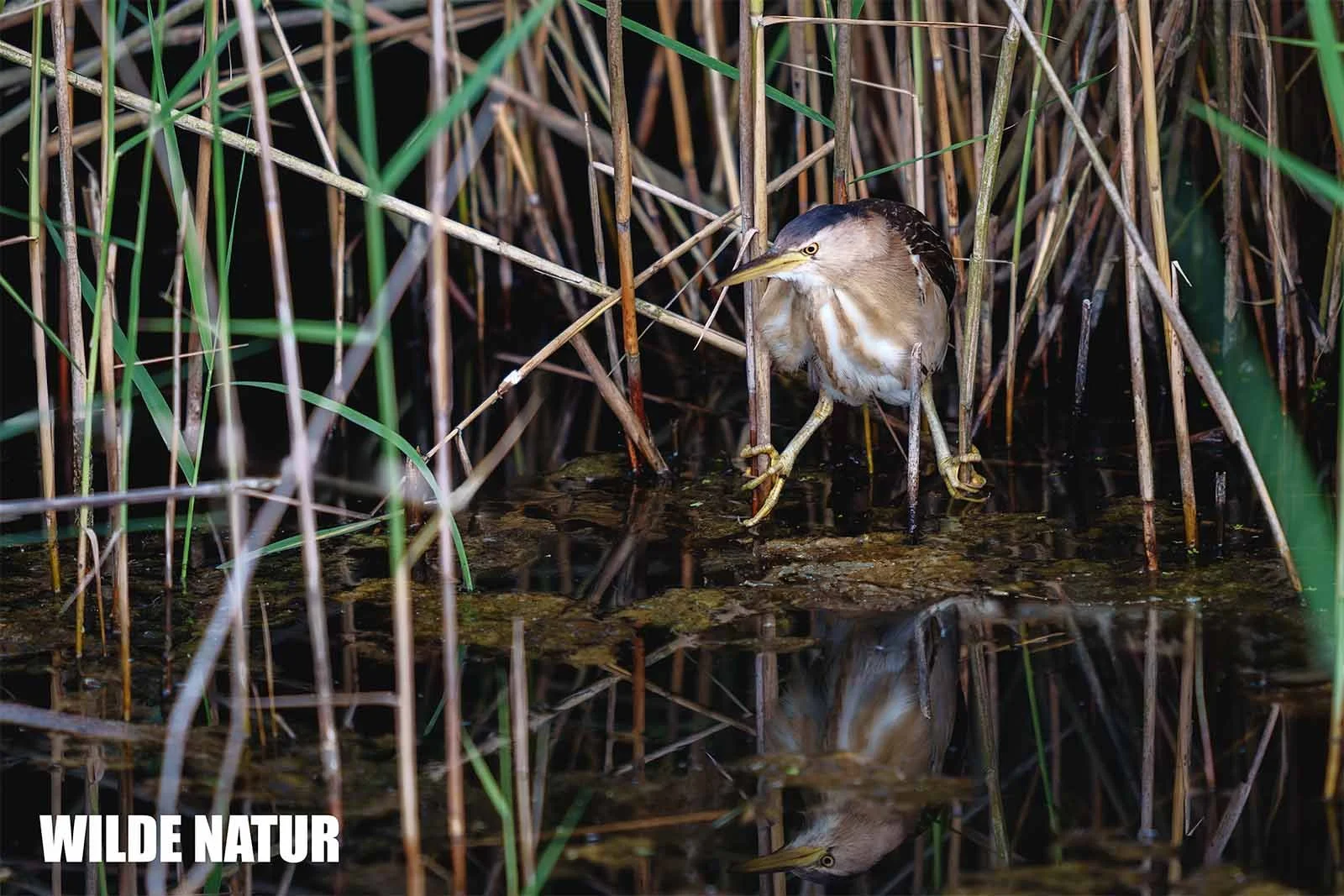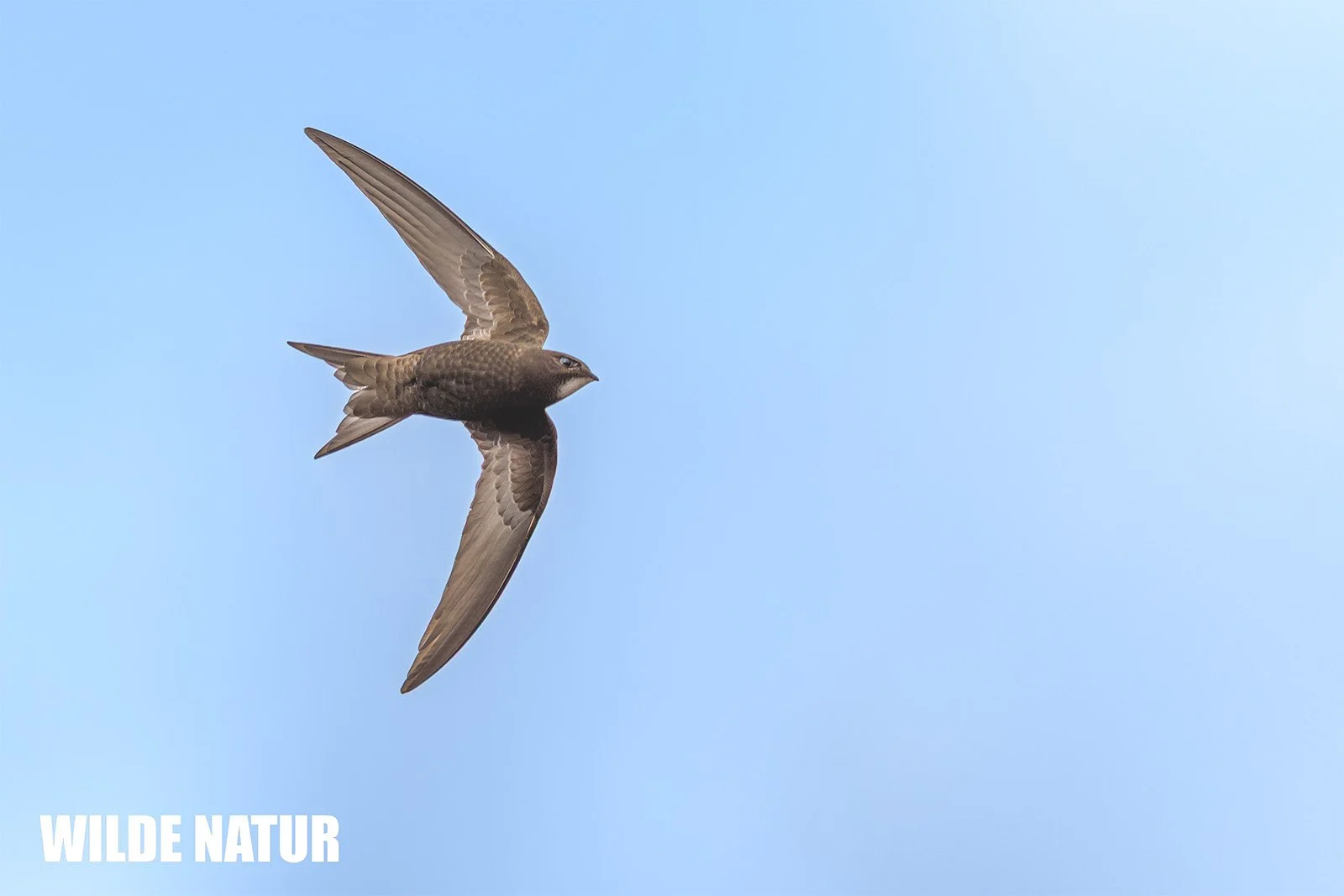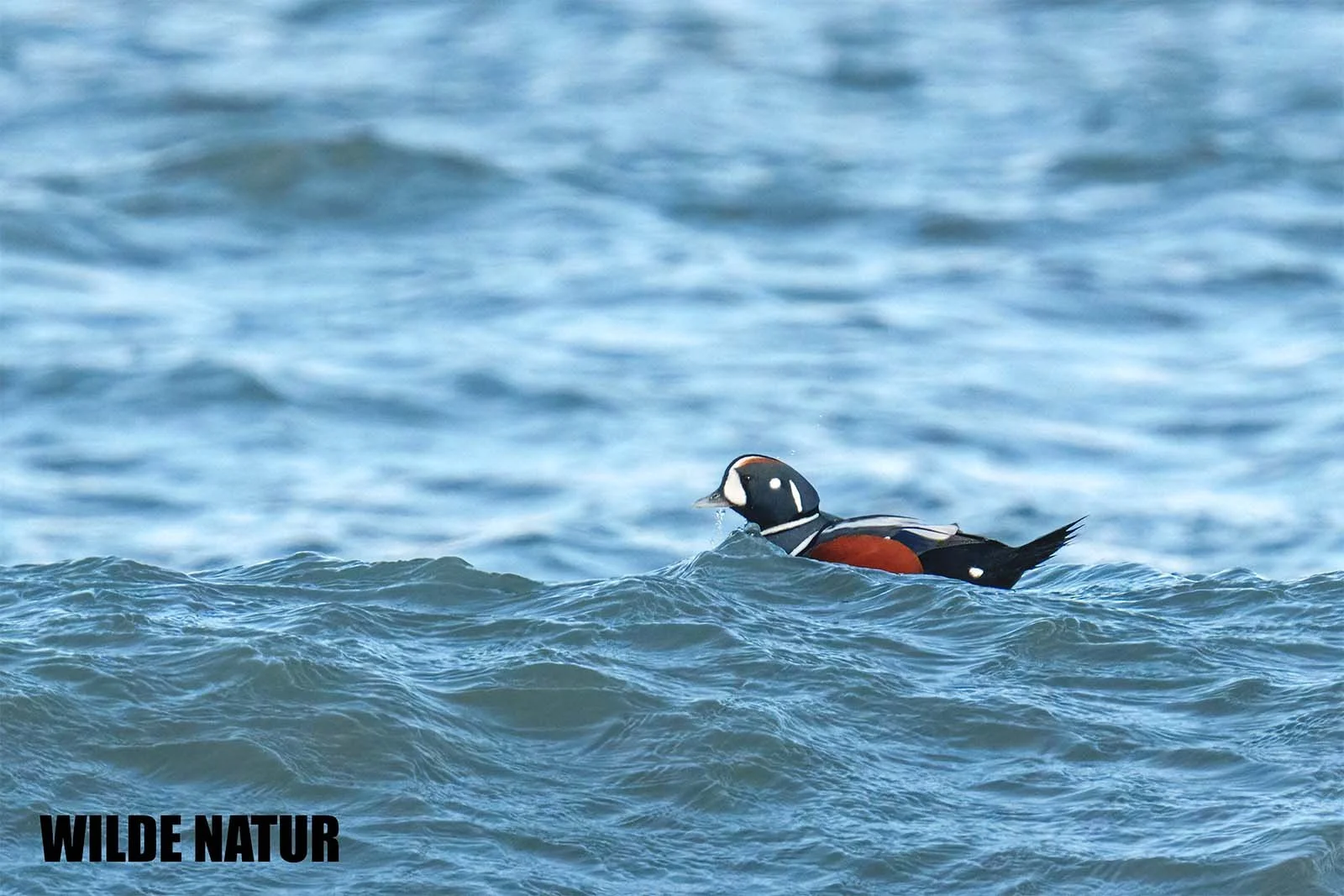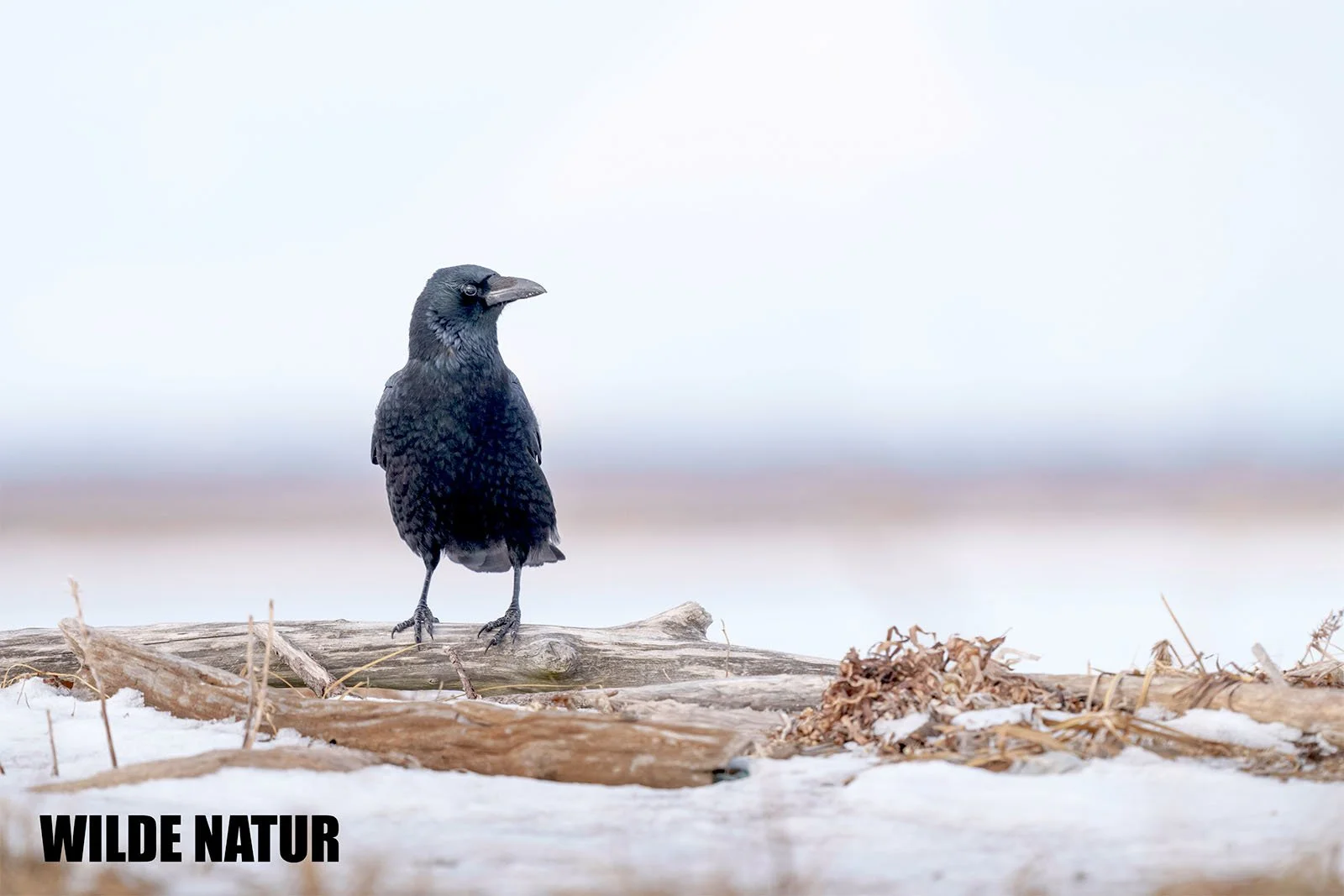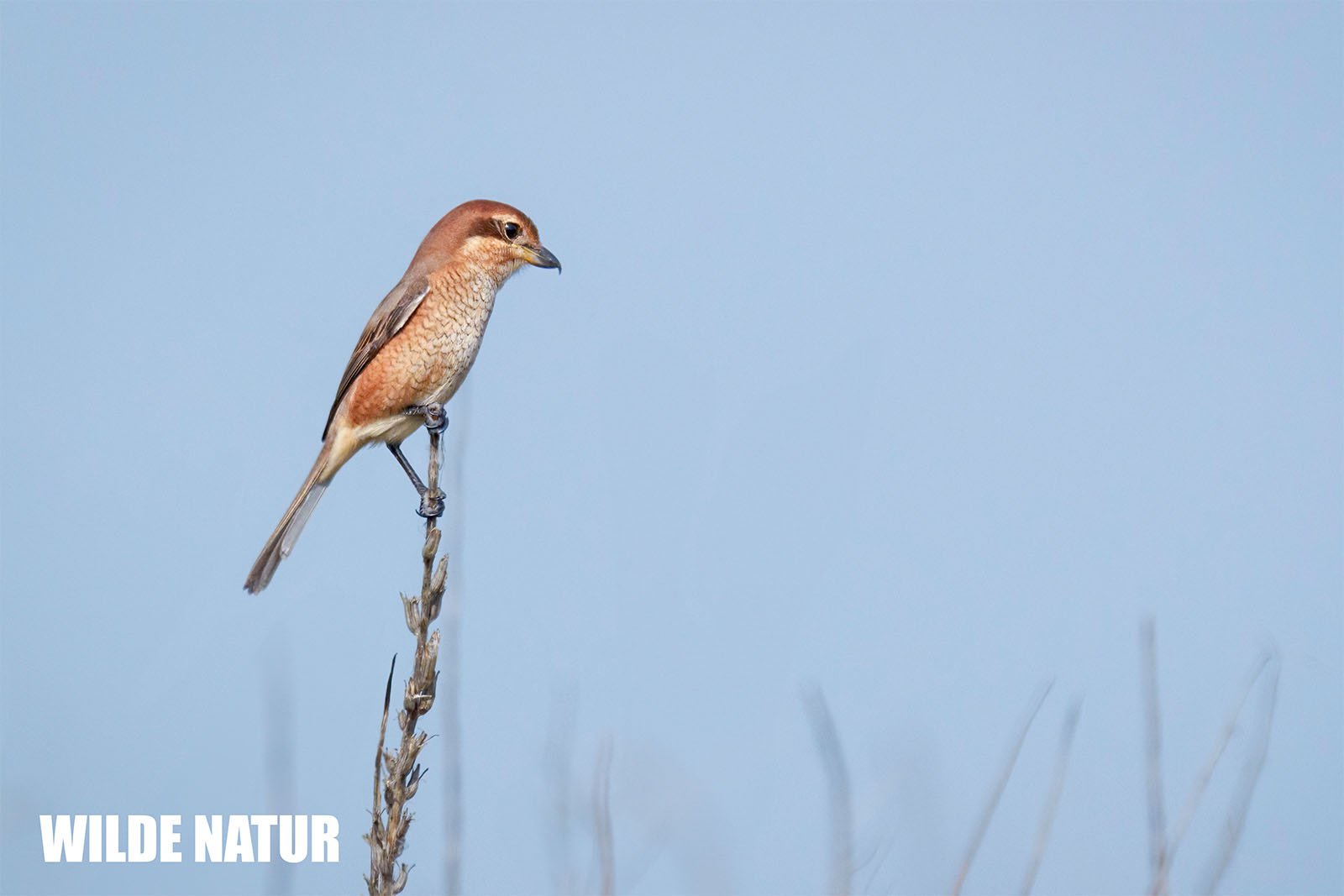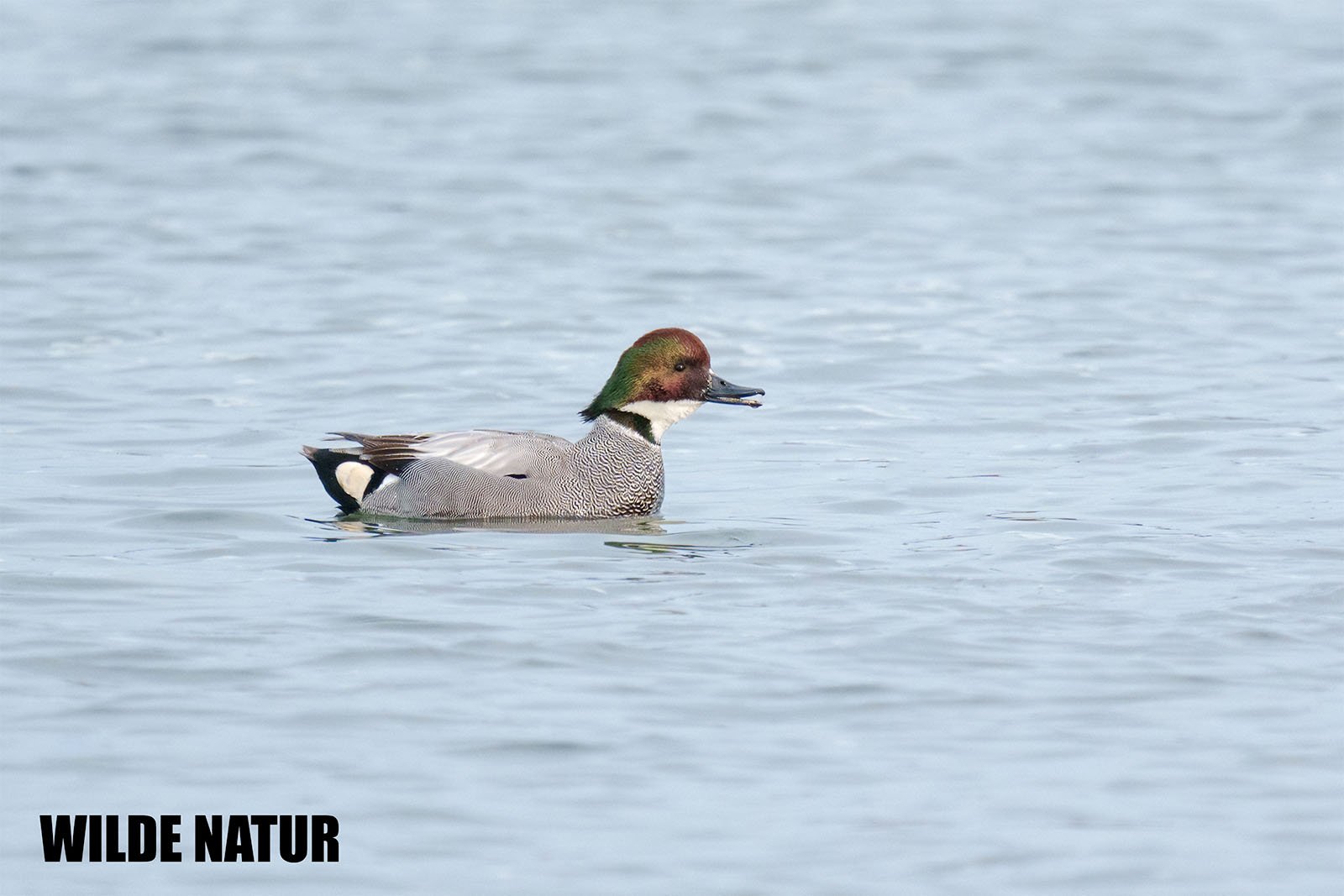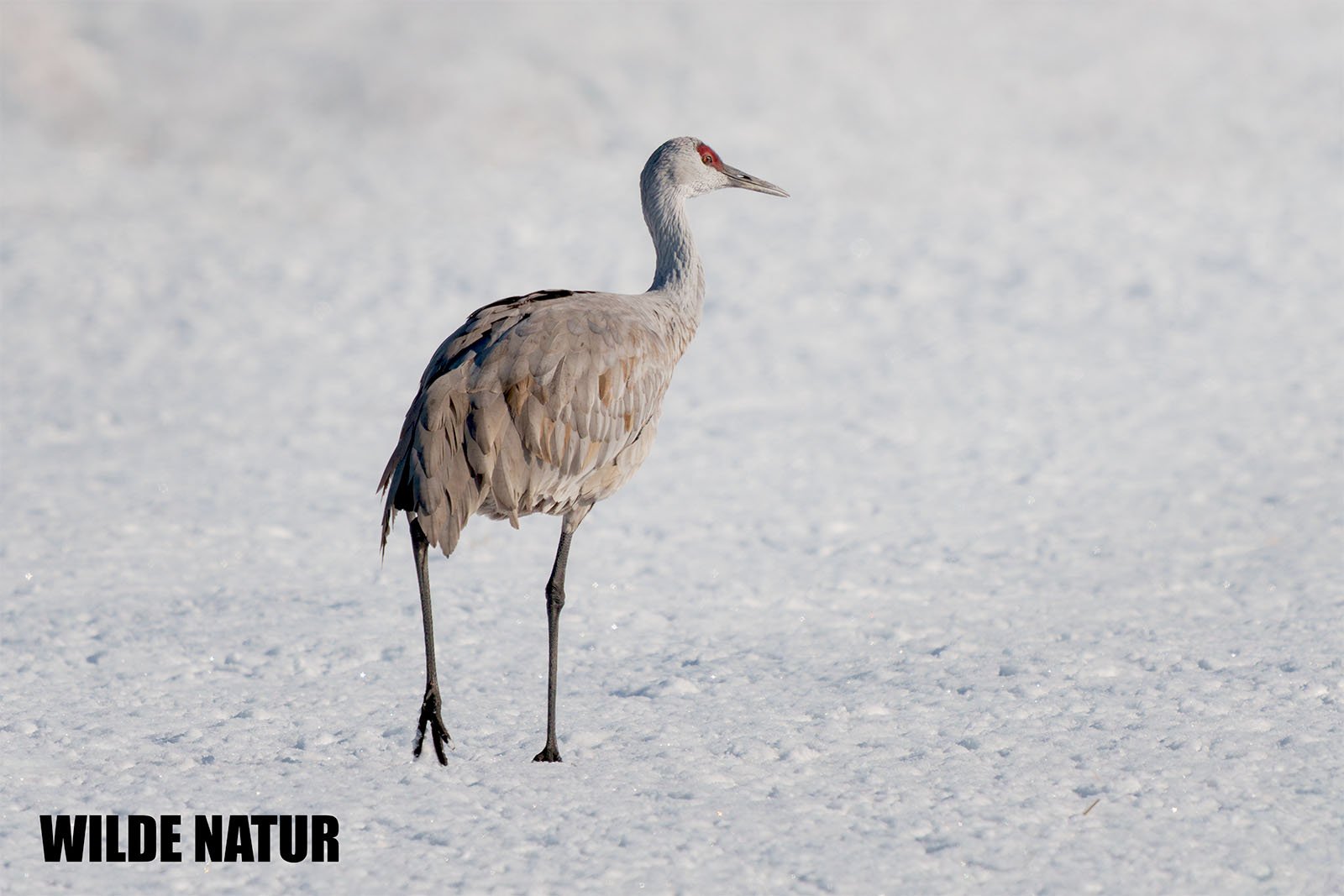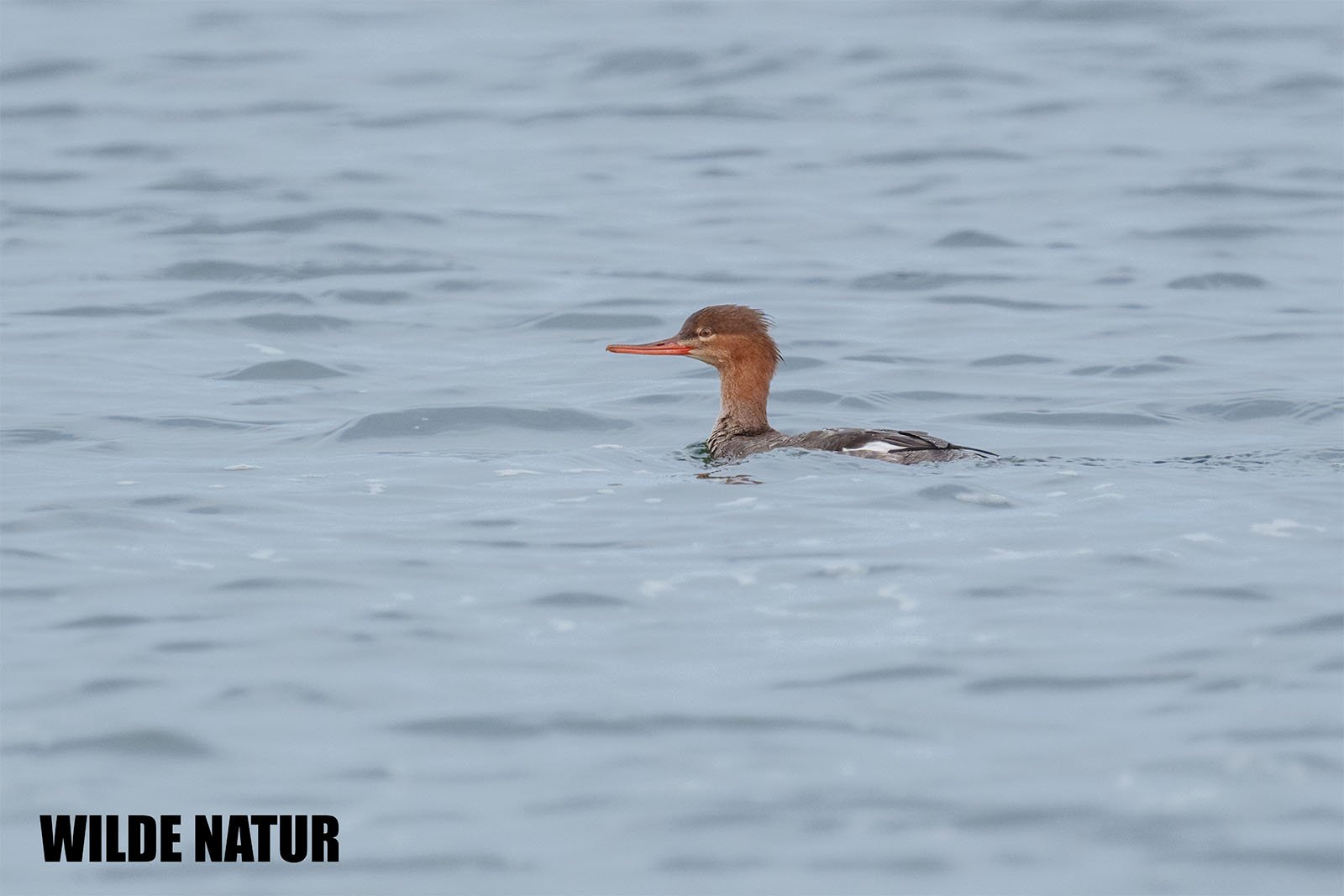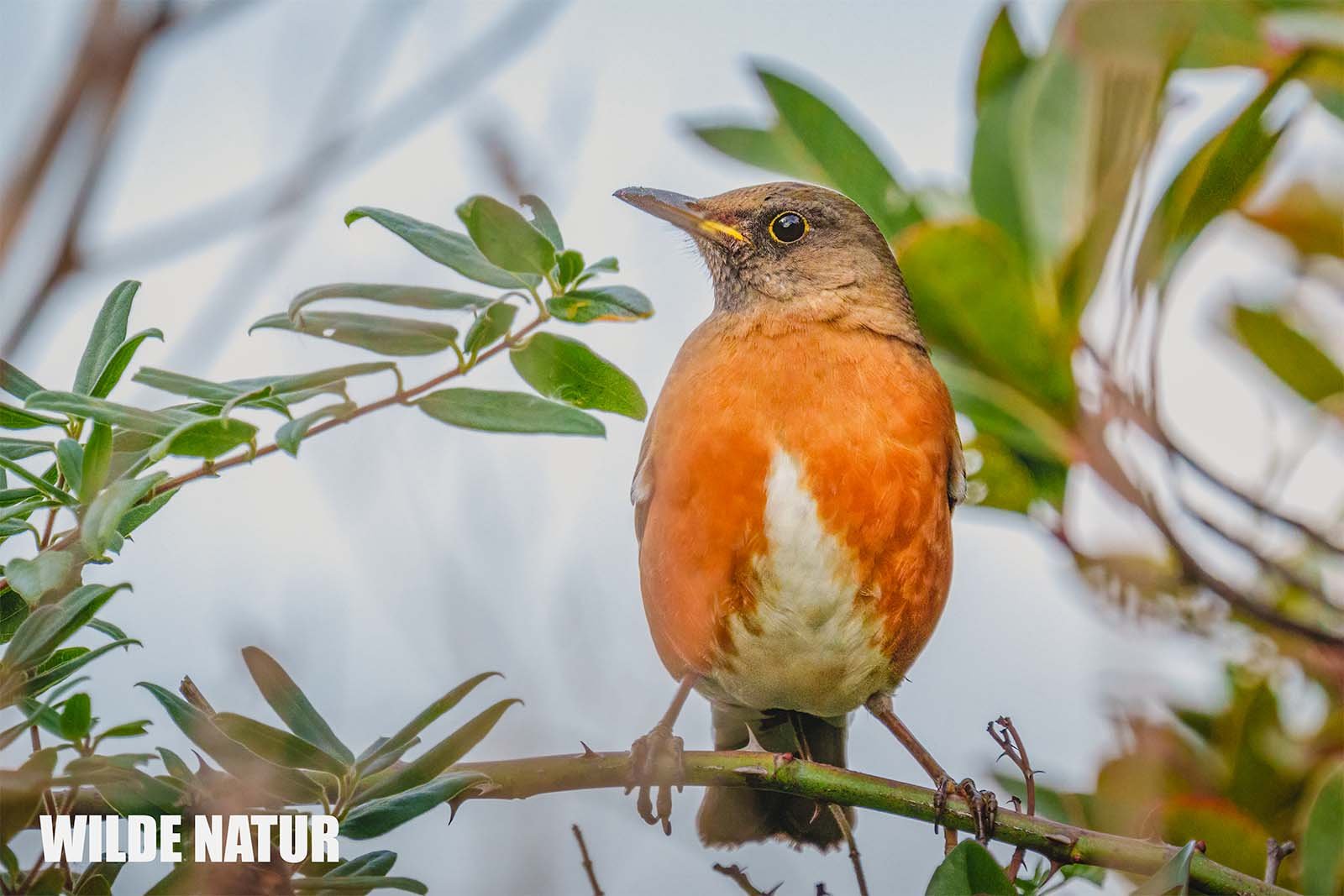Redpoll (Acanthis flammea)
Redpoll (Acanthis flammea)
**Common Redpoll – The Small Winter Bird with the Red Forehead
The Common Redpoll (Acanthis flammea) is a small, lively finch that favors birch and coniferous forests. In winter, it often forms large flocks and can be seen in parks and gardens. Its distinctive red forehead patch and contrasting plumage make it easy to recognize.
Table of Contents
- Key Facts
- Appearance & Features
- Habitat & Distribution
- Breeding & Nesting
- Diet & Feeding Habits
- Shortlist – All Key Facts at a Glance
- FAQ – Frequently Asked Questions
- Conclusion
1. Key Facts
- Size: 11.5–14 cm
- Features: Red forehead patch, black chin spot, pale wing bars
- Habitat: Coniferous and mixed forests, tundra zones, bogs, gardens in winter
- Breeding: Builds nests in coniferous trees, lined with lichen, hair, and feathers
- Diet: Seeds from deciduous and coniferous trees, supplemented with insects in summer
2. Appearance & Features
The Common Redpoll is a small, compact finch with a fine bill. Its most striking feature is the red forehead patch, visible in both males and females. A black chin spot adds contrast to its pale underparts.
Male
- In breeding plumage, the chest is tinged pink, especially in older birds.
- Back and flanks show dark streaking on a pale background.
Female & Juveniles
- Less reddish coloration, appearing brownish with streaked underparts.
- Back appears duller and less contrasting.
3. Habitat & Distribution
Breeding Grounds:
- Open coniferous forests with spruce and birch
- Tundra zones & bogs at higher altitudes
- In Central Europe, primarily found in Alpine regions and northern forests
Wintering Areas:
- Gardens & parks, often in mixed finch flocks
- Frequently seen feeding on alder and birch seeds
4. Breeding & Nesting
- The nest is built high in coniferous trees, often in spruces or larches.
- Made of twigs, moss, and lichen, lined with hair and feathers.
- Only the female incubates the eggs, while the male provides food.
5. Diet & Feeding Habits
- Main diet: Seeds from birch, spruce & weeds
- Spring & summer: Supplemented with nectar & insect larvae
- Winter: Often found feeding on alder & hazelnut seeds
6. Shortlist – All Key Facts at a Glance
- Size: 11.5–14 cm
- Features: Red forehead patch, black chin spot, white wing bars
- Habitat: Coniferous forests, bogs, tundra, urban parks in winter
- Nest: High in trees, lined with hair & feathers
- Diet: Birch & spruce seeds, nectar, insects in summer
- Special Trait: Forms large winter flocks
7. FAQ – Frequently Asked Questions
How can you distinguish the Common Redpoll from the Lesser Redpoll?
The Common Redpoll is slightly larger with a paler belly and more pronounced streaking, while the Lesser Redpoll is browner and more compact.
Why are Common Redpolls more frequently seen in winter?
Many northern populations migrate south in winter, making them more visible at bird feeders and in urban areas.
Can the Common Redpoll be fed at bird feeders?
Yes, they readily eat sunflower seeds and hemp seeds during winter.
How long does a Common Redpoll live?
In the wild, their average lifespan is 4–6 years, but some can reach up to 10 years.
Is the Common Redpoll protected?
Yes, it is protected under nature conservation laws and must not be disturbed or captured.
8. Conclusion
The Common Redpoll is a highly adaptable finch found in boreal forests and, during winter, in Central European gardens. Its red forehead patch makes it easily recognizable. While it breeds in coniferous forests and tundra, it flocks to birch and alder trees in winter.
Tip for Birdwatchers: Listen for their characteristic "tche-tche-tche" call while they fly!



